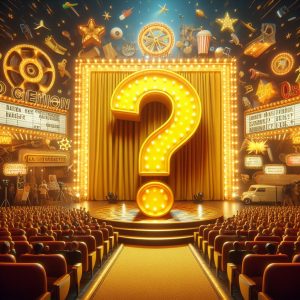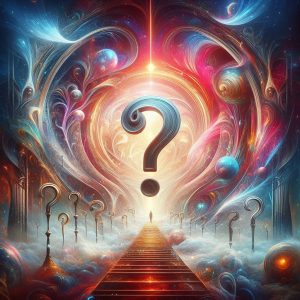galleries. You can find unique Korean handicrafts and artwork here.

Lunch: Head to a local neighborhood eatery for a taste of authentic Korean cuisine.
Look for places serving dishes like bibimbap or bulgogi.
Afternoon: Explore the contemporary side of Seoul by visiting neighborhoods like Hongdae or Gangnam. You’ll find trendy cafes, street art, fashion boutiques, and lively atmospheres.
Evening: Experience Seoul’s nightlife by visiting a traditional Korean bar called a “pojangmacha.” These tented street food stalls offer a casual environment to enjoy Korean snacks and drinks.
Day 2: Hidden Gems and Nature
Morning: Take a stroll through Ikseon-dong, a neighborhood known for its traditional Korean houses (hanok) converted into hip cafes, galleries, and shops.
Mid-morning: Visit Seonyudo Park, a serene oasis in the middle of the city. This former water purification plant has been transformed into a beautiful park featuring gardens, walking paths, and art installations.
Lunch: Try out a local favorite, bindaetteok (mung bean pancake), at a traditional market like Gwangjang Market. Pair it with some makgeolli (Korean rice wine) for an authentic culinary experience.
Afternoon: Explore the Bukchon Hanok Village, a historic neighborhood with well-preserved traditional Korean houses. Wander through the narrow alleys and soak in the atmosphere of old Seoul.
Evening: Take a leisurely stroll along the Han River Park. Enjoy the scenic views of the city skyline and relax by the riverside.
Day 3: Art and Culture
Morning: Visit the Leeum, Samsung Museum of Art, which features a blend of traditional Korean art and contemporary works by Korean and international artists.
Mid-morning: Explore the unique architecture and cultural exhibitions at the Dongdaemun Design Plaza (DDP). Don’t miss the nearby Dongdaemun Market for shopping and street food.
Lunch: Sample some street food at Myeongdong Street, known for its bustling atmosphere and diverse food stalls offering Korean snacks and delicacies.
Afternoon: Spend the afternoon at Insadong, a neighborhood famous for its traditional Korean crafts, antiques, and tea houses. Explore the quaint alleyways and browse through the shops.
Evening: Attend a traditional Korean performance such as a Nanta show or a traditional music concert at venues like the National Theater of Korea or the Seoul Namsan Gugakdang.
Day 4: Local Experiences
Morning: Start your day with a visit to a jjimjilbang, a traditional Korean bathhouse. Relax in the various hot tubs, saunas, and steam rooms for a rejuvenating experience.
Mid-morning: Explore the lesser-known neighborhoods of Yeonnam-dong or Seongsu-dong, which offer a mix of local cafes, artisanal shops, and street art.
Lunch: Enjoy a meal at a “hole-in-the-wall” restaurant recommended by locals. Look for places serving homely Korean dishes like doenjang jjigae (soybean paste stew) or dakgalbi (spicy stir-fried chicken).
Afternoon: Participate in a cultural workshop such as traditional Korean cooking, tea ceremony, or hanbok (traditional Korean clothing) wearing experience to delve deeper into Korean culture.
Evening: Wrap up your trip with a visit to a local brewery or makgeolli house to taste different varieties of Korean rice wine. Reflect on your journey through Seoul and savor your final evening in the city.
This itinerary offers a blend of cultural immersion, culinary delights, and off-the-beaten-path exploration for a memorable trip to Seoul. Enjoy your adventure!




